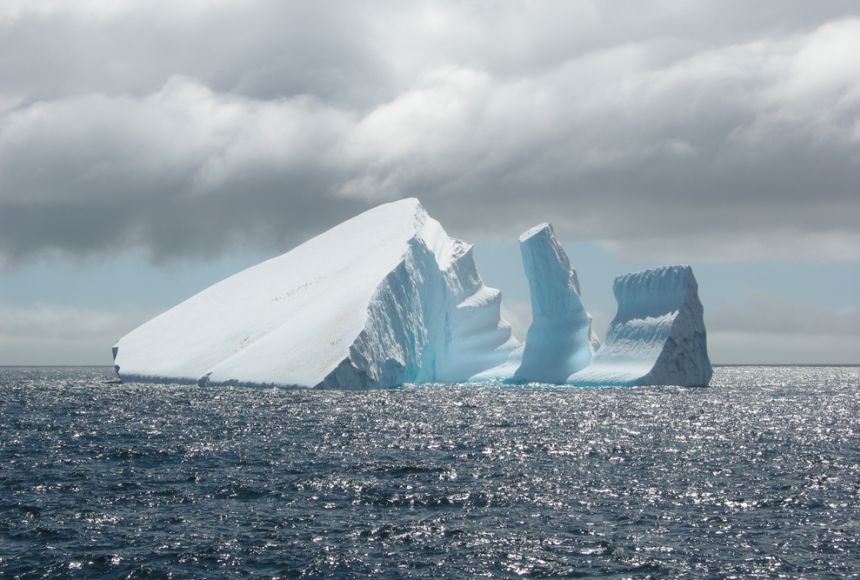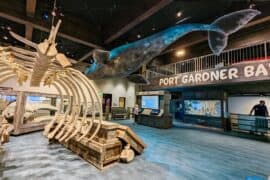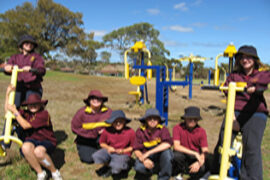A Parent’s Essential Guide to Icebergs
Hello joyous parents out there! Today, we are going to embark on a chilly journey to the world of floating wonders – Icebergs! This guide will help you to explain the fascinating concept of icebergs to your children and make them understand their importance in our environment. So, put on your thermal hat, and let’s start our icy adventure!
What are Icebergs?
Icebergs are large pieces of freshwater ice that have broken off from a snow-formed glacier or an ice shelf and are floating freely in open water. Even though they might seem simple chunks of ice, there’s a lot more to them than meets the eye, literally! The old saying, “just the tip of the iceberg,” definitely rings true as typically around 90% of an iceberg is below the surface of the water, hence unseen – fascinating, isn’t it?
Where Can You Find them?
Icebergs can be found in the cold waters of the Arctic, North Atlantic, and around Antarctica. Sounds cool, doesn’t it? Maybe it’s time to add these places on your family trip bucket list!
The Formation of Icebergs
Icebergs begin their life as part of a glacier or an ice shelf. Over time, they break off or “calve” due to natural processes like melting water and sea currents. This piece of ice then starts its journey as an iceberg, floating freely in the ocean, and often travelling hundreds or even thousands of miles before it melts.
Shapes and Sizes of Icebergs
Icebergs come in different shapes and sizes, ranging from small icebergs, known as “growlers,” to gigantic blocks of ice, known as “ice islands!” Imagine your little ones being wowed by the sight of these (from a safe distance, of course).
Significance of Icebergs
The story of icebergs doesn’t end with their sheer beauty and impressiveness. They play a crucial role in our environment. They feed nutrients into the ocean, assist in regulating sea levels, and influence climate patterns.
Let’s explore further in our next sections.
Stay curious, and keep exploring!
Happy Reading!

Icebergs and the Oceans
Icebergs feed nutrients into the ocean as they melt and thus are a crucial part of the food chain. They provide minerals that algae need to grow. These algae serve as the base food for krill, which are a favorite snack for some ocean creatures like whales. How exciting is that!
Icebergs and Sea Levels
While it might seem that melting icebergs would increase sea levels, the truth is a little more complicated. As icebergs are already floating on the water, their melting does not directly contribute to sea level rise. However, the glaciers and ice sheets from where they break off do contribute to raising sea levels when they melt and flow into the ocean – a useful fact to mention in your next educative chit-chat with your children.
Icebergs and Climate Influence
The melting of icebergs heavily influences ocean circulation patterns, which in turn affect global climate patterns. When freshwater from the melting icebergs mixes with ocean water, it changes the salinity and temperature, influencing ocean current movements.
Respecting and Preserving Icebergs
Wrapping up, it’s essential to note that while icebergs might seem like big, indestructible entities, they are delicate and susceptible to climate change. It’s important to guide our children towards respecting these natural wonders and understanding the importance of their preservation for the balance of our Earth’s ecosystem. So, kids, turn off the lights when you’re not using them, and let’s save our icy friends!
Final Thoughts
In this chilly yet thrilling journey, we’ve learnt what icebergs are, where they come from, and why they are crucial to our environment. We hope this guide helps you in initiating engaging, insightful conversations about icebergs with your children and sparks their curiosity. Keep exploring, keep learning, and stay frosty!
Until next time!
Preparing for Icebergs: A Guide for Parents
Understanding how to prepare for icebergs is essential for any parent, particularly those living in colder climates or planning a trip to icy areas. Here are five vital points you should know.
1. Explaining Icebergs to Children
Initiate a friendly discussion about what icebergs are and why they require specific safety measures. Your explanation should be simple and age-appropriate. Include the formation process of icebergs, their potential dangers, and their eco-impact.
2. Importance of Adequate Clothing
Children should be made aware that dressing warmly in layers helps protect against hypothermia and frostbite. Emphasize the significance of wearing hats, gloves, warm boots, and weather-resistant jackets in icy environments.
3. Knowing Ice Safety
Educating parents and children on ice safety is imperative. Emphasize that it’s never safe to walk or play on an iceberg. The chance of an iceberg flipping or cracking is unpredictable and dangerous.
4. Emergency Preparedness
Instill safe habits and emergency preparedness tips. Parents should carry a basic first aid kit and keep essential phone numbers on hand, including local rescue services. If you get caught in an unexpected situation, staying calm is key.
5. Respect for Mother Nature
Parents should teach their children a healthy respect for nature. Being in the presence of icebergs can be a humbling experience. However, they are a part of Mother Nature unpredictable and must be treated with the utmost caution and respect.
In conclusion, parent awareness of these five considerations can make trips to locations with icebergs safer and more enjoyable. An ounce of prevention is worth a pound of cure.
For more great articles please see here. For more information see here
Disclaimer
The articles available via our website provide general information only and we strongly urge readers to exercise caution and conduct their own thorough research and fact-checking. The information presented should not be taken as absolute truth, and, to the maximum extent permitted by law, we will not be held liable for any inaccuracies or errors in the content. It is essential for individuals to independently verify and validate the information before making any decisions or taking any actions based on the articles.




